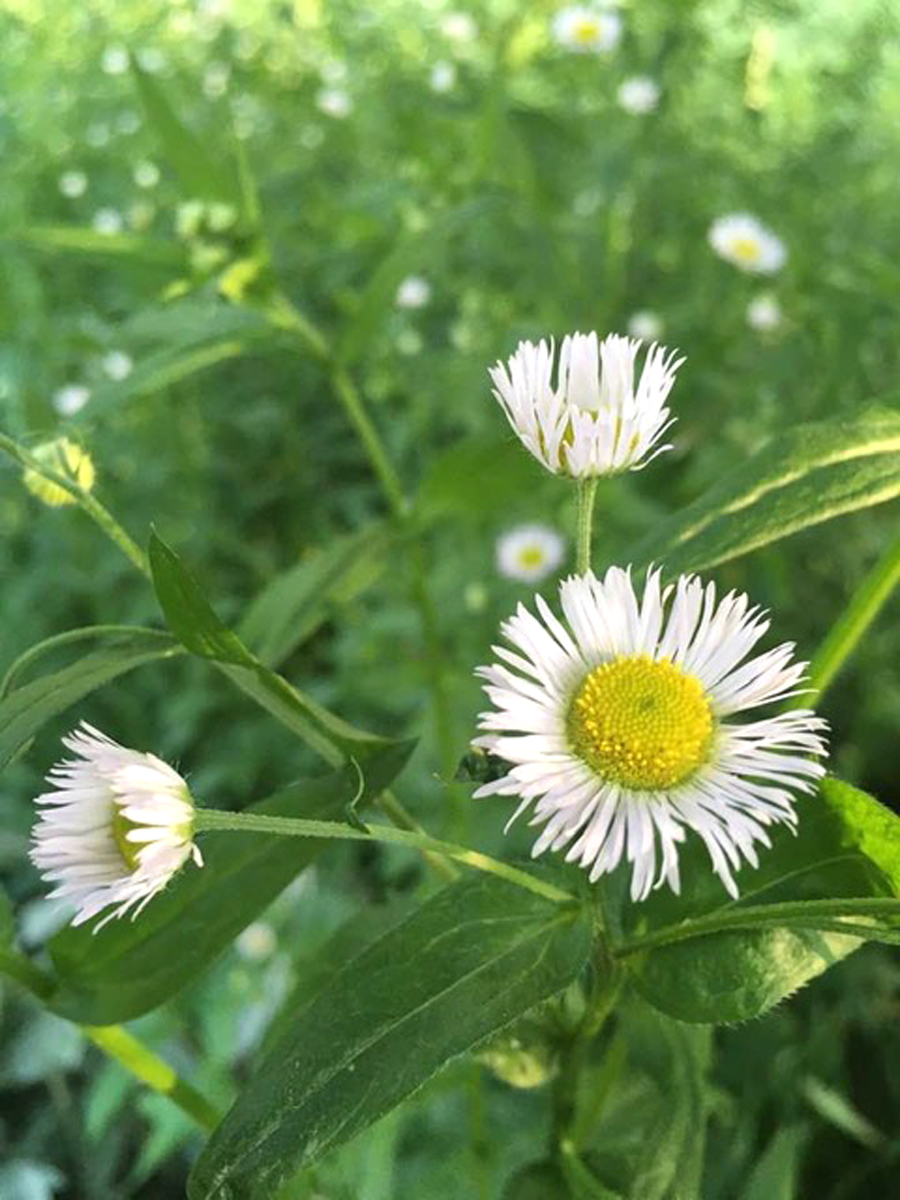GUELPH – When my son was still in diapers, every night before bed we watched a quirky British television series by the co-creator of the Teletubbies called In the Night Garden.
The show took place in a wondrous forest filled with curious creatures – a world that existed between waking and sleeping in a child’s imagination.
Now that my son is a teenager and I have reclaimed my bedtime regime, I rarely give much thought to night gardens.
That was until I learned about the fantastic installation of two local artists, Lisa Hirmer and Christina Kingsbury, called Moth Garden.
Located on the grounds of the Ignatius Centre just outside Guelph, according to the website, the garden is a “poetic gesture that attends to the tiny and barely visible around us – an artist-made garden for moths and other nocturnal pollinators…in a world where attention, care, and conservation efforts have been focused on the big, beautiful, and colourful.”
True.
As a gardener, I focus most of my time on attracting monarchs and rusty-patched bumble bees with little thought toward the humble moth and the most spectacular insect of the night, the firefly!
These pollinators also deserve a place in the garden.
Thankfully, the same garden strategies that attract butterflies also draw in fireflies and moths. Some simple strategies include:
– leave the leaves. Firefly larvae live in leaf litter and mud;
– avoid pesticides. This includes the Deet-containing bug sprays we slather on ourselves to protect against mosquitoes;
– minimize soil disruption. Controlled tilling means less soil disturbance and more microbial diversity;
– limit light pollution. Protect the night sky and switch off those Costco string lights. To learn more, visit: www.darksky.org;
– plant native perennials. Check out Moth Garden website for a plant list;
– ease up on the lawn cutting or raise the blade a bit. Fireflies hide in grasses where they signal their potential mates;
– add more trees of the pine and oak species. Fireflies lay their eggs on native trees, with pine a particular favorite. And if you can only plant one tree, plant an oak tree. Oak species support the most biodiversity – a host plant for over 500 species of caterpillars and essential to the life cycle of these native moths and butterfly species;
– include a few white flowers in your garden colour palate. As common wisdom has it, moths visit night-blooming plants with flowers typically white or paler in colour. A few native stunners with white flowers include Culver’s root (Veronicastrum virginicum), Foxglove Beardtongue (Penstemon digitalis), and Pearly Everlasting (Anaphalis margaritacea);
– add some rotting fruit. Try growing a native bush with berries. Serviceberry bush (Amelanchier spp ) is one suggestion;
– provide a source of water. Fireflies especially tend to cluster around moist areas near marshes or ponds in the wilderness; and
– lay out some logs. Coarse woody debris provides a habitat for insects and animals. And, as it slowly decomposes, the fungi colonizing within the logs improve soil conditions for root growth and recycle nutrients back into the soil.
For a magical experience, spend time in the night garden this summer. I plan to, too, if I can stay up past dusk!
To learn more about night garden insects, check out:
https://www.xerces.org/blog/gardening-for-moths
https://www.firefly.org/build-firefly-habitat.
Written Janine Robertson, Guelph Wellington Master Gardeners



